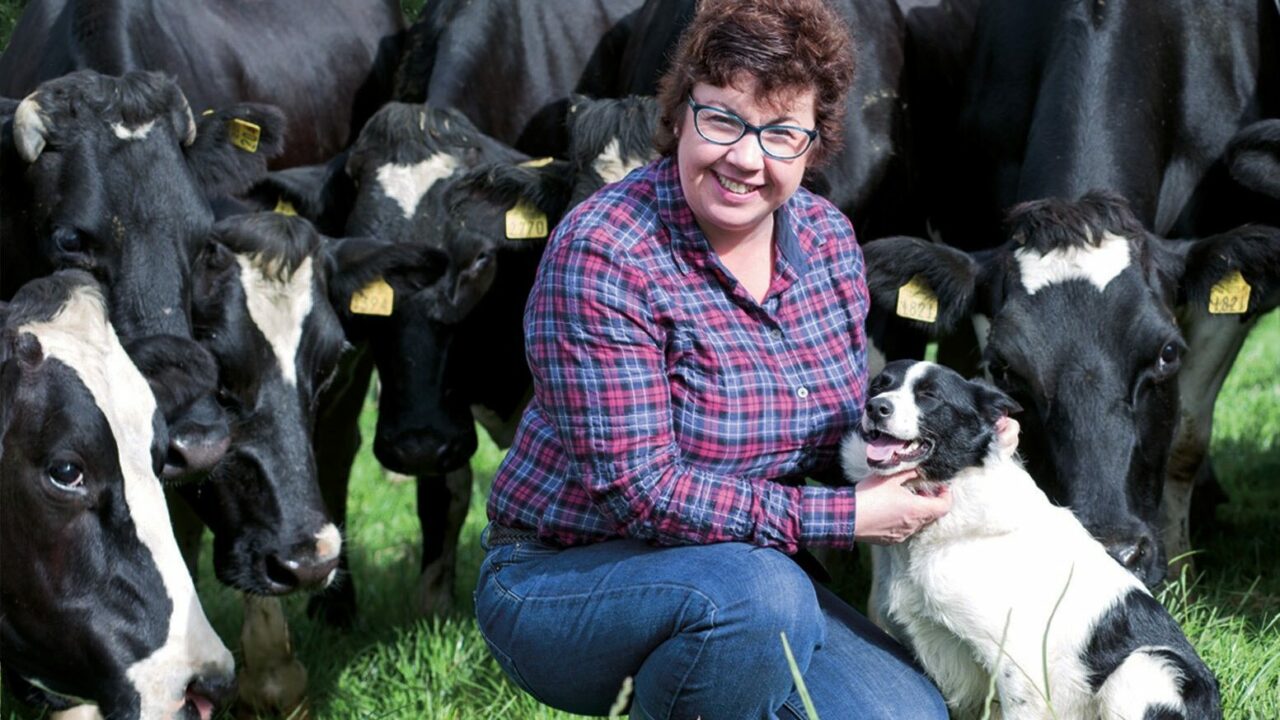As a high-profile farmer active on social media, author Lorna Sixsmith has built an audience by sharing everyday nuggets from life on the land that her family has farmed for generations.
The hunger among her followers for a greater insight into her decision to leave her comfortable life in the UK and re-root in Crettyard, to build up the farm, has been satisfied with the publication of her latest book ‘Till the Cows Come Home.’
It will be launched at Dubray book shop, Kilkenny, on May 30 at 6:00pm.
At a time when female farmers are making their mark, her tale of the enrichment of working the family farm, alongside her husband, with their two children playing in the fields that had been her old stomping ground, is an interesting one.
Having left her Victorian townhouse in Salisbury and pensionable job behind, she brings readers on the journey of settling into Irish rural life – despite her allergies and penchant for regularly moving house.
The fourth generation of her family to farm at Garrendenny, she traces the lives of those who went before her and the transition in rural life and farming practices through the generations.
The decline of the Irish sugar industry and the move to specialised farming are among the changes documented. Accompanying photographs hark back to simpler times involving al fresco dining; while working on the farm, and long Sunday cycles.
‘Pre-silage tension’
The Laois author is full of anecdotes, whether it’s the stories behind the fields’ names, changes in milking or old cures. There’s plenty with which the farming reader will identify – from the value of a loyal dog to the cows’ pecking order.
There are amusing interludes from the account of the mystery man who ended up at the contractors’ dinner table, to the tale of ‘Pre-Silage Tension’. The urban reader is brought in on the action with a glossary to explain terminology.
Leaving behind urban life, it seems, has given the author the ability to appreciate the beauty in the ordinary, such as when she writes: “when we see a red sunset and know the sun will be shining brightly the next day”.
The decision to come home to farm, the reader concludes, was the right one.
